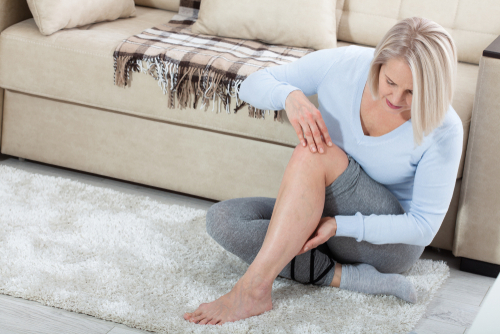Vein disease is something that many people may hear about but they don’t quite understand what it is, if they’re at risk or if they’re already experiencing symptoms. Here are some things you should know about vein disease and whether you have the signs and symptoms that require medical intervention.
What is vein disease?
Also known as venous reflux, vein disease develops when the valves in the legs become damaged or diseased. The role of the valves are to keep blood flowing out of the legs and back to the heart. If left untreated, it can be debilitating and potentially life-threatening.
Symptoms of vein disease
If you have a cramping, aching, throbbing, heaviness or swelling in your legs, then you may have vein disease. Restless Leg Syndrome (RLS) is another symptom. Patients also report itching, numbness, burning and a tingling sensation. Some patients may experience fatigue as well.
Diagnosis
The diagnosis of vein disease requires a doctor’s visit. Your doctor will take a look at your medical history and check the blood flow in your legs with a text called a vascular ultrasound. Sometimes patients need X-rays or other scans to see what’s causing their legs to swell.
Treatment
There are things you can do at home to help blood flow better in your leg veins and stop or prevent vein disease. If you sit or stand for long periods of time such as with your job, be sure to move around at least every 30 minutes or so. Stretch your legs, walk around and even elevate your legs for 15 minutes at a time before or after you work.
Your doctor may advise you to wear compression stockings, which put pressure on your legs to keep blood moving. There are a variety of different compression stockings, so your doctor can suggest what would be best for you.
Vein disease can often be treated with conservative measures before needing more interventional treatment. To learn more about how to treat and prevent vein disease, schedule a consultation by calling 817.893.2699 today.

